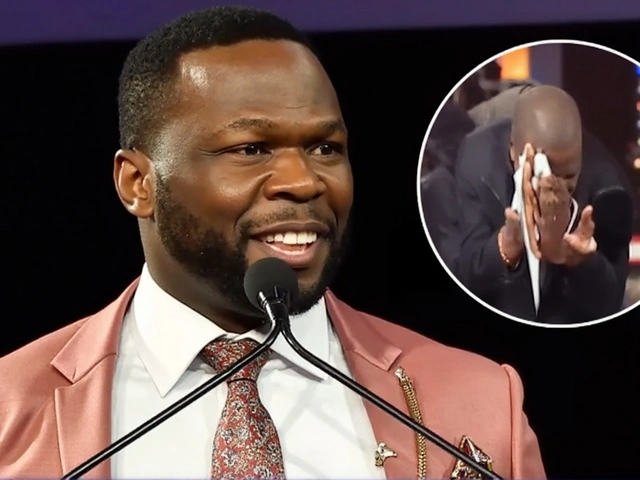Hamstring injury: how to recover fast and avoid re-injury
Pulling a hamstring can stop your plans fast — whether you’re running, playing football, or just sprinting to catch a bus. The good news: most hamstring injuries heal well with the right steps. This short guide tells you how to spot the problem, what to do in the first 72 hours, how long recovery usually takes, and which exercises actually help.
Symptoms & when to see a doctor
Typical signs are sudden sharp pain at the back of the thigh, swelling, bruising, and trouble walking or straightening the leg. A mild strain feels like tightness and discomfort while a severe tear can make you limp or collapse.
See a doctor or physiotherapist right away if you can’t put weight on the leg, have severe swelling or large bruises, hear a popping sound when it happened, or feel numbness. They’ll check the grade of the injury and advise scans or surgery only when needed.
First 72 hours: what to do
Start with simple and practical care:
- Rest: avoid running or heavy loading for a few days.
- Ice: 15–20 minutes every 2–3 hours for the first 48 hours if it’s swollen.
- Compression: a light bandage can reduce swelling and support the muscle.
- Elevation: keep the leg raised when sitting to help fluid drain.
- Gentle movement: after 48–72 hours, do pain-free, gentle range-of-motion moves to prevent stiffness.
Avoid deep heat, aggressive stretching, or heavy strength work too early — they can slow healing.
Rehab plan that actually helps
Rehab should be progressive and guided by pain and function. A physiotherapist will tailor this, but here’s a practical roadmap:
Weeks 1–2: pain-free movement and light isometrics (static contractions). Walk short distances and do gentle hamstring holds.
Weeks 2–6: add concentric strengthening (leg curls) and light functional work — controlled lunges, bridges. Start low load and increase slowly.
Weeks 6+: introduce eccentric exercises (slow lengthening movements) like Nordic hamstring lowers or slow single-leg deadlifts. Eccentric work lowers re-injury risk and builds strength for sprinting.
Return-to-sport checklist: similar strength to the other leg (aim for >90%), full range of motion, normal running mechanics, and ability to sprint and cut without pain or fear.
Typical timelines: grade 1 (mild) heals in 1–3 weeks, grade 2 (moderate) in 4–8 weeks, grade 3 (complete tear) may need surgery and months to recover. Everyone heals differently — don’t rush.
Prevention tips that work: warm up with dynamic moves, strengthen glutes and hamstrings (focus on eccentrics), manage training load, and include sprint drills to build tolerance. If you had a past hamstring injury, be extra cautious — recurrence is common without proper rehab.
Need a quick plan for your case? Book a physio consult for assessment, a tailored program, and guidance on safe return to sport.
Lionel Messi's Absence in Argentina vs. Peru: Hamstring Injury and Planned Rest in Copa America
By Sfiso Masuku On 30 Jun, 2024 Comments (5)

Lionel Messi didn't play for Argentina in their Copa America match against Peru due to a hamstring injury and was rested by coach Lionel Scaloni as part of a squad rotation with Argentina already securing a knockout spot. Lautaro Martinez scored twice to lead Argentina to a 2-0 victory.
View More




